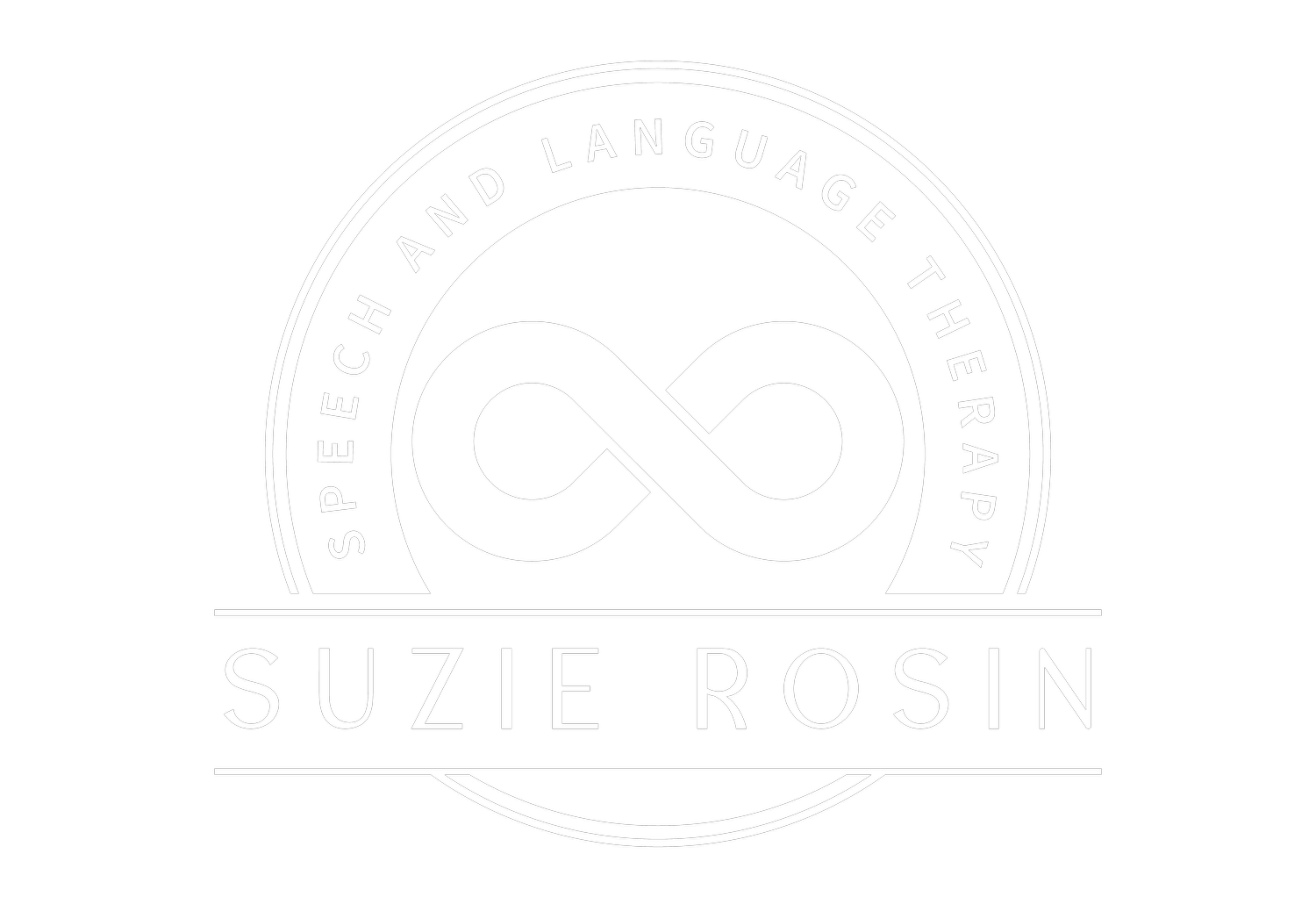Speech
Speech sounds are the individual sounds we use to form words. Children learn to say different sounds at different stages of development, and it’s normal for some sounds to take longer to master. However, if a child continues to struggle with certain sounds beyond the expected age, they may have a speech sound disorder, which can impact their speech clarity or, at times, their literacy development.
Speech sound disorders can happen for a variety of reasons. For some children, it may be due to difficulty coordinating the muscles used for speech or challenges in processing, storing and organising sounds. In other cases, speech sound difficulties may be linked to hearing issues, developmental differences, neurological conditions or structural differences such as a cleft palate.
There are three main types of speech sound disorders:
Articulation difficulties: When a child has trouble physically producing specific sounds.
Phonological difficulties: When a child simplifies or alters patterns of sounds in their speech (e.g., saying “tat” instead of “cat”), which affects the way they organise, store and use sounds.
Motor Speech Disorders: Difficulty coordinating the muscles used for speech, such as in childhood apraxia of speech or dysarthria.
Support:
How Speech and Language Therapy Can Help with Speech Sound Disorders
Speech and language therapy can effectively support children with speech sound disorders (SSDs). To ensure progress, therapy techniques are shared with families and teachers to incorporate into everyday life at home and in school. Consistent practice is key, and I provide guidance and resources to support your child every step of the way.


